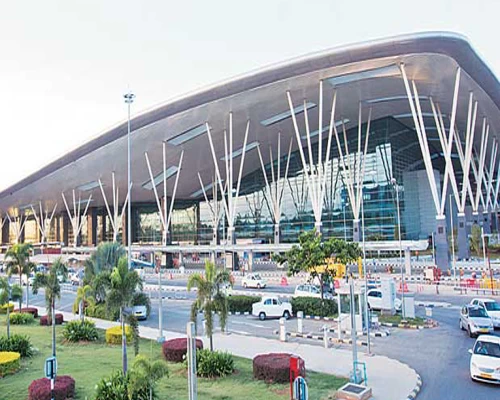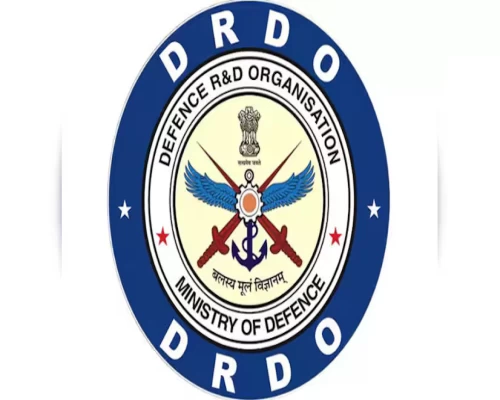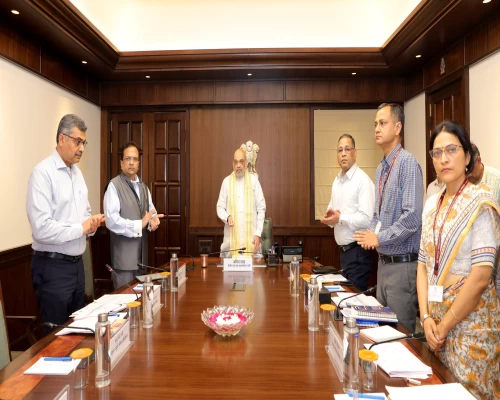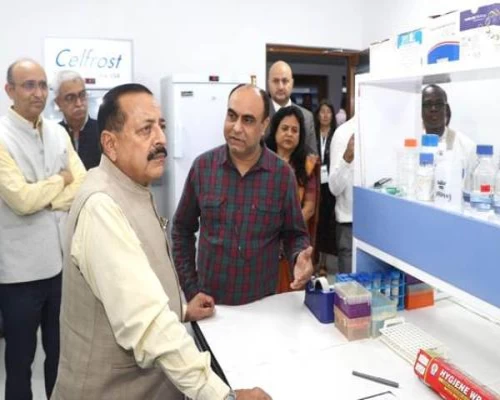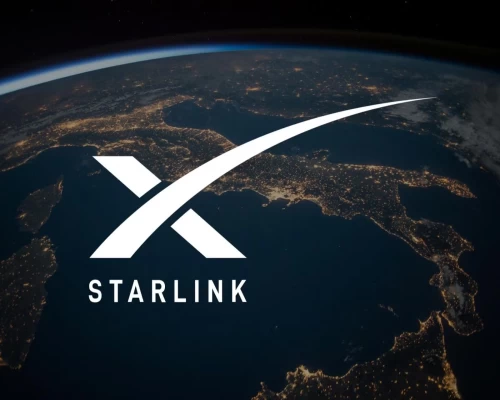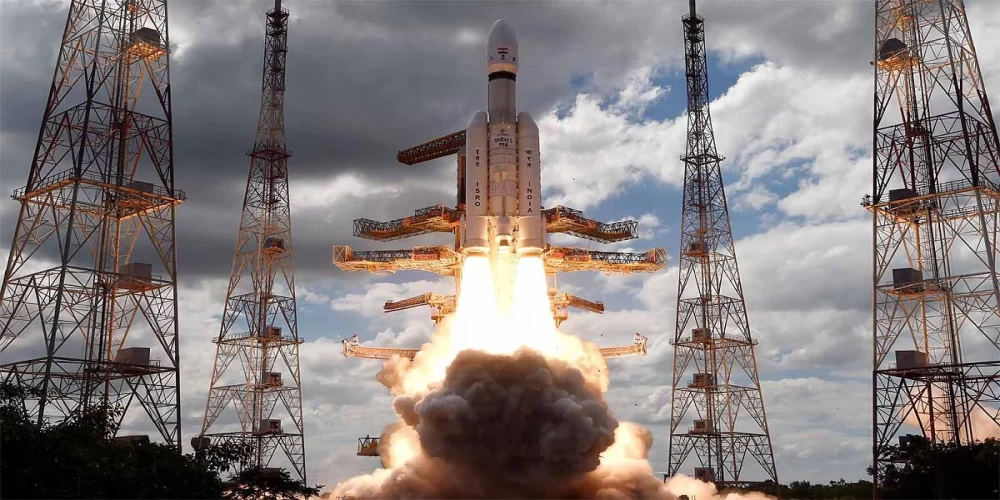
Sriharikota: Four months after its 100th mission suffered a setback, ISRO is set to launch EOS-09, a remote sensing satellite, on Sunday at 5:59 am from Sriharikota. The satellite will be carried onboard the PSLV-C59, marking the agency’s 101st mission.
EOS-09 is an earth observation satellite equipped with a Synthetic Aperture Radar (SAR) payload, designed to provide high-resolution images in all weather conditions. The satellite is a repeat of EOS-04, which was launched in 2022, and aims to improve the frequency and quality of earth observation data. It has a mission life of five years.
This launch is only the second time that ISRO is using its new Payload Integration Facility (PIF) to assemble the PSLV. The facility was first used during the launch of the Spadex mission in December. The new system allows ISRO to integrate the launch vehicle in a separate building and then shift it to the mobile launch tower, thereby freeing up the launch pad for concurrent operations and increasing the frequency of launches.
The satellite will be injected into a Sun-synchronous polar orbit a little over 17 minutes after lift-off. The orbit ensures that the satellite passes over the same part of the earth at the same local solar time every day.
EOS-09 is designed to follow debris mitigation protocols from the outset. It carries reserved fuel for de-orbiting at the end of its mission life. The satellite’s orbit will be gradually lowered so that it re-enters the atmosphere and burns up within two years after completing its mission. ISRO has also planned to remove the leftover fuel from the fourth stage of the launch vehicle in line with international recommendations.
The agency has stated, “It is also recommended that stored fuel be removed from spacecrafts or upper stages of launch vehicles to ensure that there are no accidents that break up the satellite in space and create more debris.”
BI Bureau




